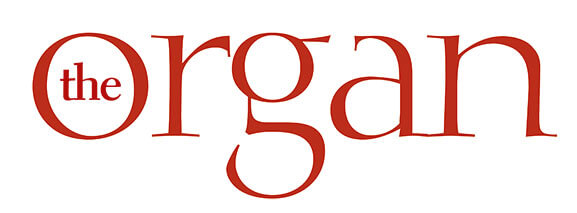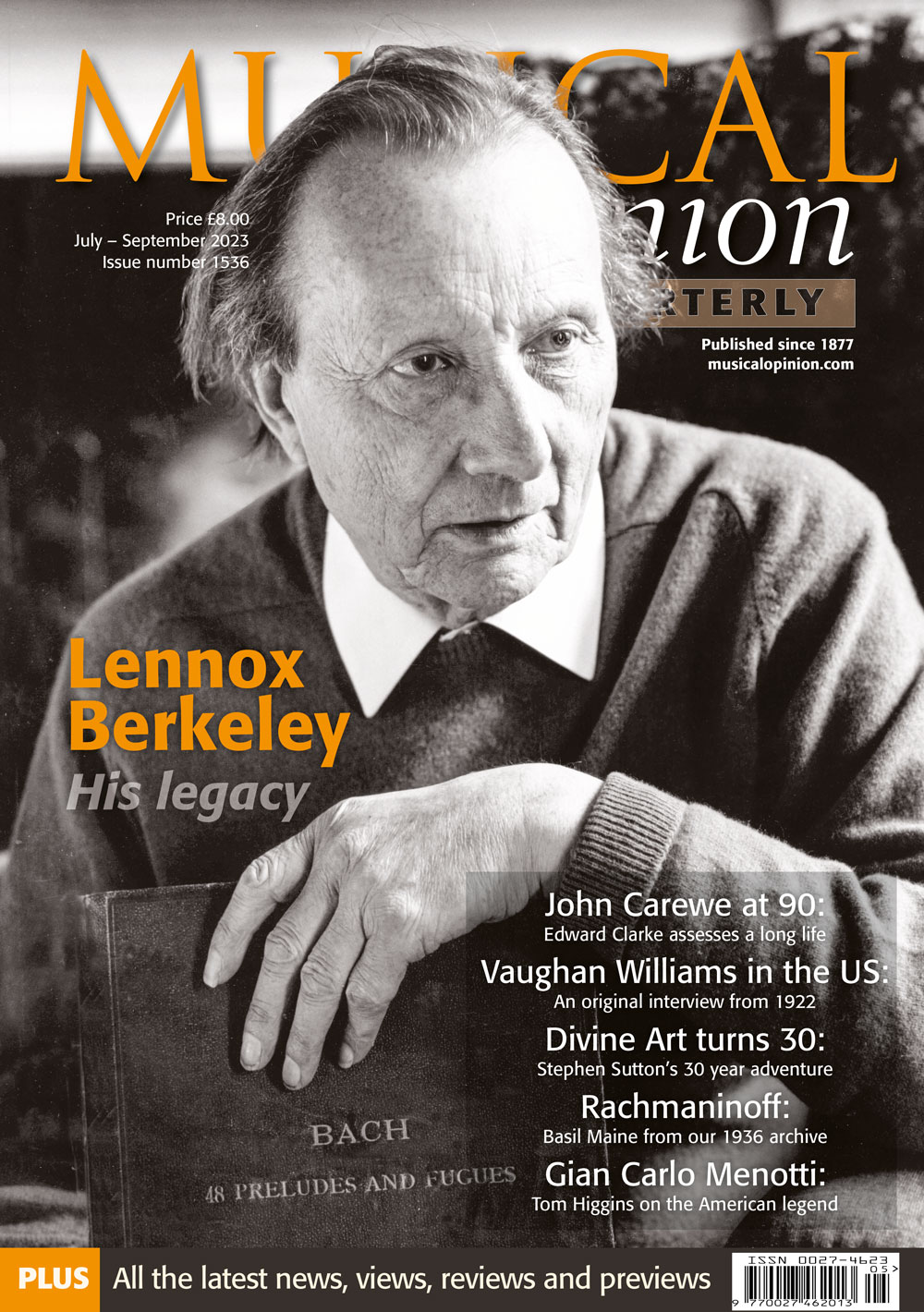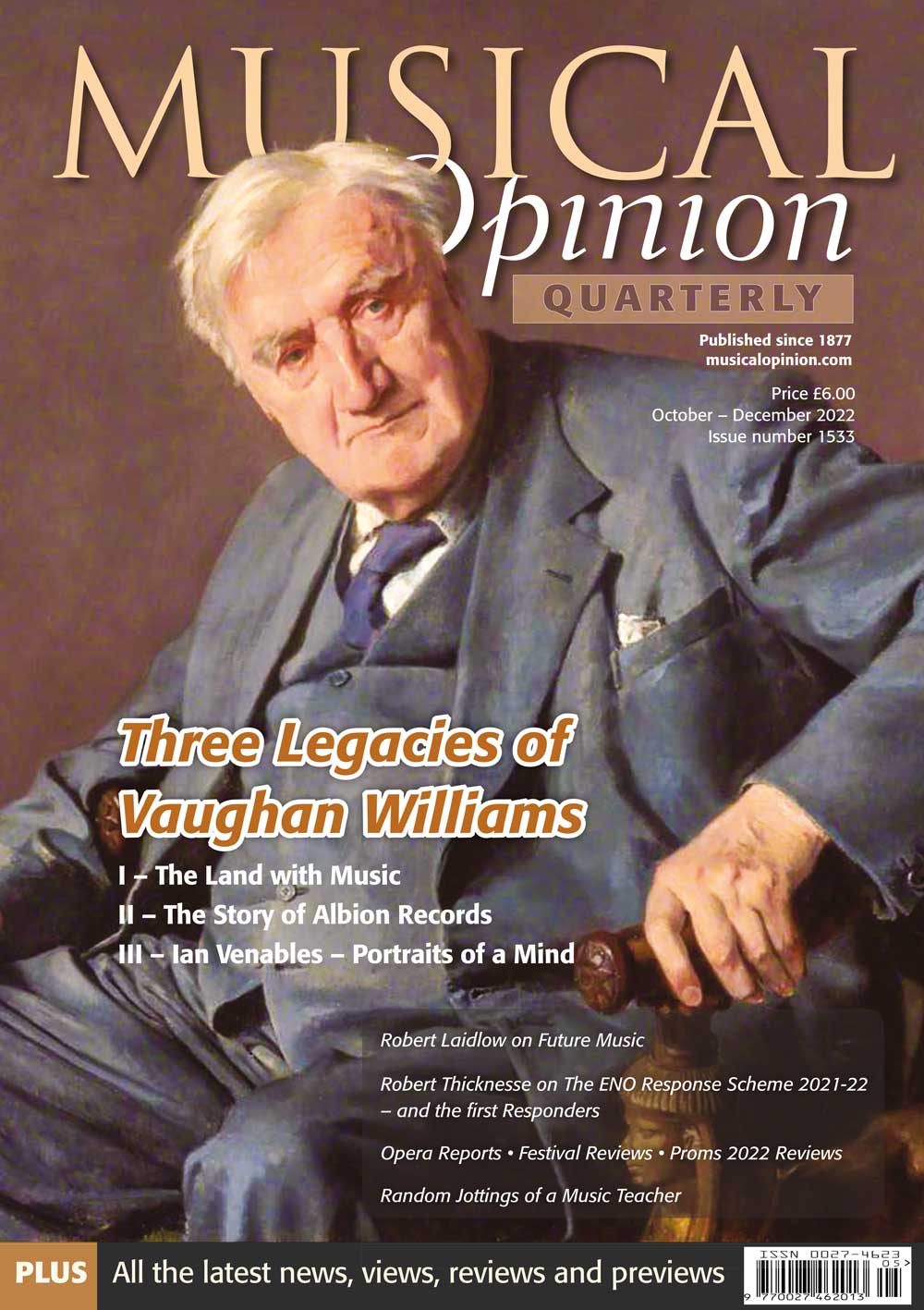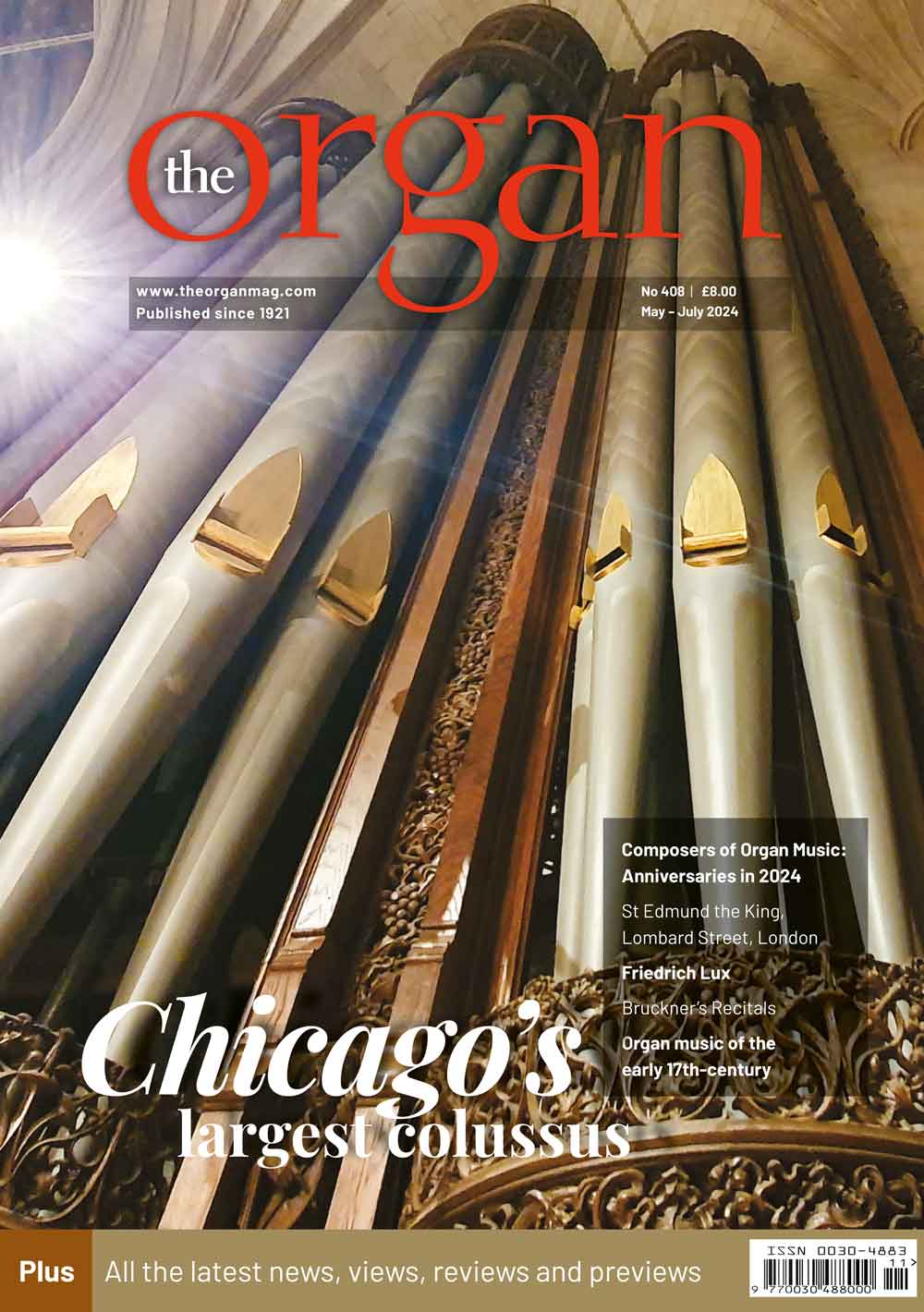

Current Issue
Previous Issues
Winter 2024. 407
Autumn 2023. 406
Summer 2023. 405
Spring 2023. 404
Autumn 2022. 402
Summer 2022. 401
Spring 2021. 400
Winter 2021. 399
Autumn 2021. 398
Whilst staying at A4 size and 56 pages, the magazine has been completely redesigned with different fonts (more easy to read), bigger photopgraphs, more focus on things like specifications and more CD reviews of organ repertoire.
Summer 2021. 397
Winter 2021. 395
Spring 2021. 396
Autumn 2020. 394
Summer 2020. 393
Spring 2020. 392
Winter 2019. 390
Autumn 2019. 389
Spring 2019. 387
Winter 2018-19. 386
Autumn 2018. 385
Explore By Topic
Winter 2023. 403
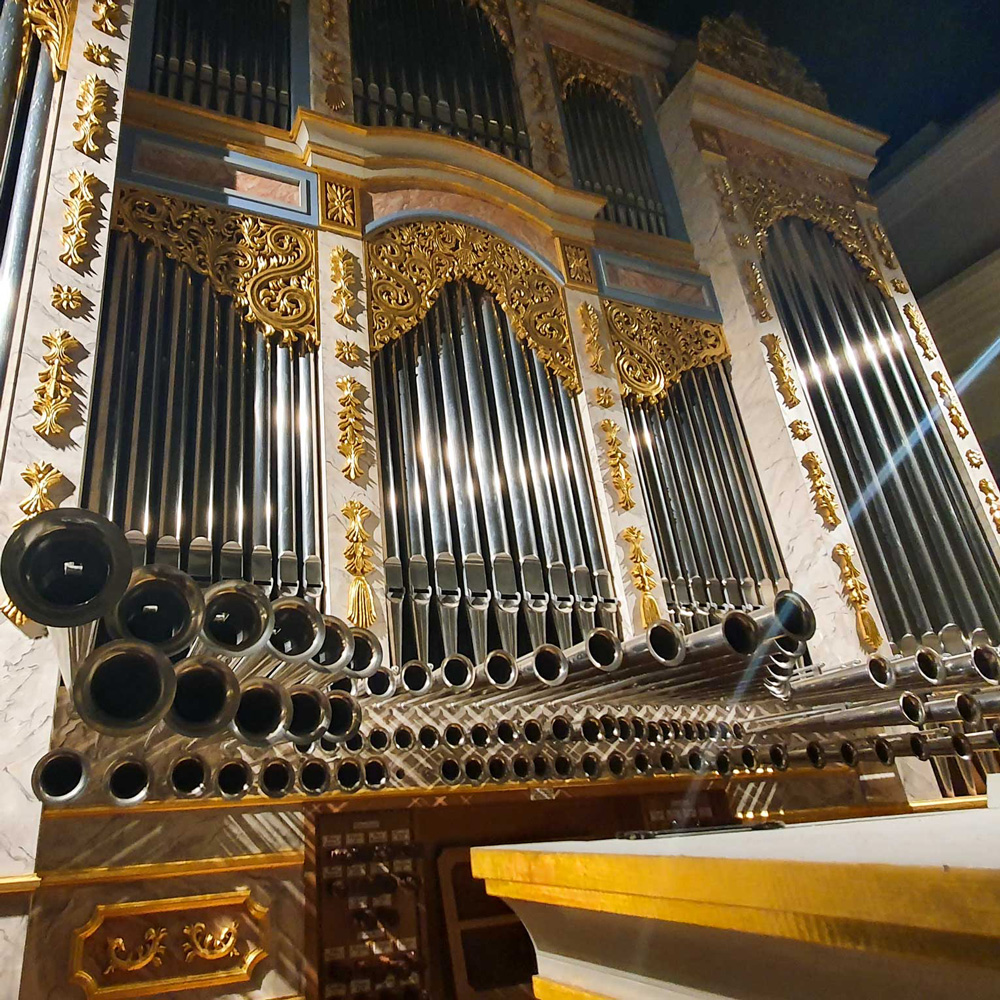
Contemporary organs in Panama City
Dr Michał Szostak
Following my previous description of musical experiences and impressions from South and Latin Americas gained during a 17-day recital tour in June of 2022, this article describes two contemporary organs I met in Panama City. Admittedly, the organ landscape in Latin America is not broad, but the topic is worthy of consideration from organ building and organ music perspectives. The historical Spanish influences, the domination of the Roman Catholic church and, equator-type weather are the main determinants of the Panamian organ landscape and our considerations.
The Republic of Panama is a transcontinental country traversing the southern part of North America and the northern part of South America. Costa Rica borders it to the west, Colombia to the southeast, the Pacific Ocean to the south, and the Caribbean Sea to the north. Its capital and largest town is Panama City, with the metropolitan area being home to nearly half the country’s population, estimated at 4.3 million citizens in total. Around 65% of the population is Mestizo (mixed white, Native American), 12% Native American, 9% Black or African descent, 7% mulatto, and 7% White. Spanish is the official and dominant language, although the language spoken in Panama is known as Panamanian Spanish. WITH FULL SPECIFICATIONS

Composers of Organ Music Anniversaries in 2023
John Collins
In 2023, there are several composers for organ whose anniversaries can be commemorated, although some of the dates are not known for certain; some of the names listed below will need no introduction but there are also quite a few lesser-known names whose compositions are well worth exploring. No claim is made for completion, and there is no guarantee that every edition mentioned is in print – there may also be complete or partial editions by other publishers, some of which may be difficult to obtain. Publishers’ websites have been given where known. Details of a small number of composers whose preserved output consists of only a few pieces have been omitted.
William Byrd ca. 1540-1623 Organist at Lincoln cathedral and later at the Chapel Royal he composed much sacred and secular vocal music which was printed. Many of his around 150 or so keyboard pieces – the majority being Pavans and Galliards, mainly in pairs, variations on popular tunes, a handful of plainchant settings, Fantasias, Preludes, Voluntaries and Grounds – are found mainly in two manuscripts, The Fitzwilliam Virginal Book and My Ladye Nevell’s Book.
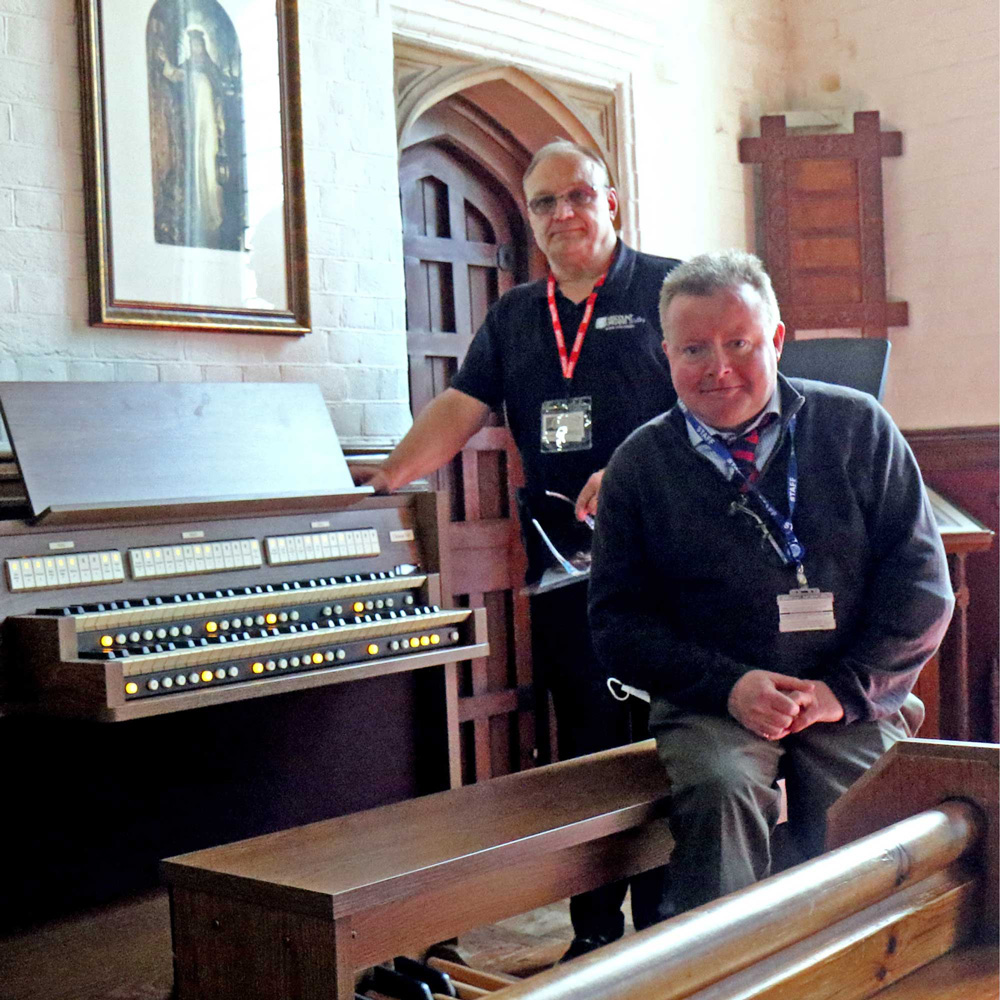
Exclusive 4-year interest-free credit offer
Aspire Classical Organs
Play Now Pay Later™ provides a unique 4-year interest-free plan to avoid the total initial outlay for a new instrument. Aspire Classical Organs, offers this plan for churches, educational settings and home practice clients.
St Anne’s church in Margate and Queen Anne’s School, Caversham, recently took advantage of this plan. See more at www.bit.ly/Queen-Annes
The vision at Aspire Classical Organs is to ensure that the Viscount Experience and instrument ownership is available to everyone. This incredibly affordable solution is now on offer to all purchasers for any instrument with a minimal initial outlay; instrument ownership has never been more accessible than with this new facility.
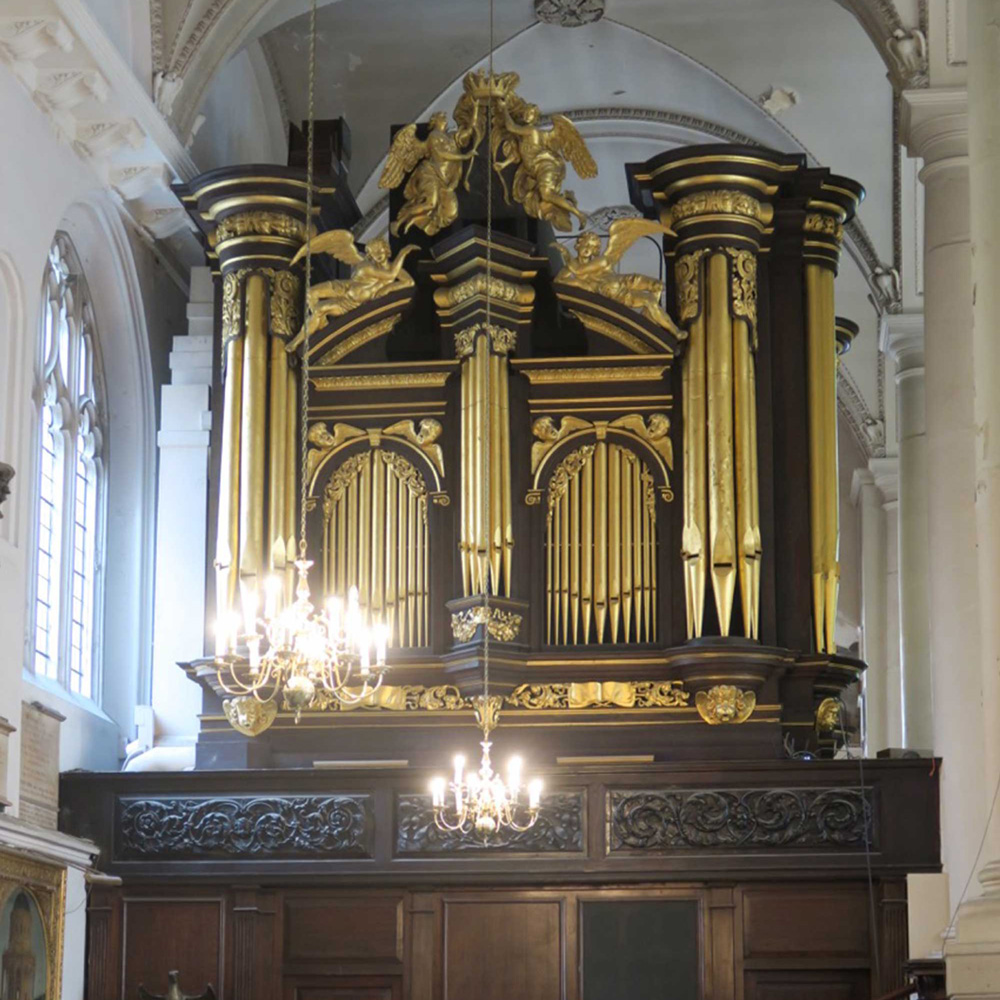
St Sepulchre’s, Holborn Viaduct , London
Charles Stowe (1905)
Any visitor to London in the Middle Ages who approached the Metropolis by the western end, through Holborn (or Oldbourne, as it was then called), must have been greatly impressed by the exceeding splendour of the ecclesiastical architecture displayed on every side of him. The glorious domineering pile of old St Paul’s, with its spire rising to a height of 550 feet (at least 120 feet higher than the existing spire of Salisbury Cathedral); the large conventional churches of Greyfriars on the left, and Blackfriars on the right; in the distance, the great collegiate church of St Martin-le-Grand (the site of which is now [1905] occupied by the Post Office), to say nothing of countless towers and spires belonging to the smaller but nevertheless stately parish churches, must indeed have presented an overwhelming ensemble of devotional art. WITH FULL SPECIFICATIONS
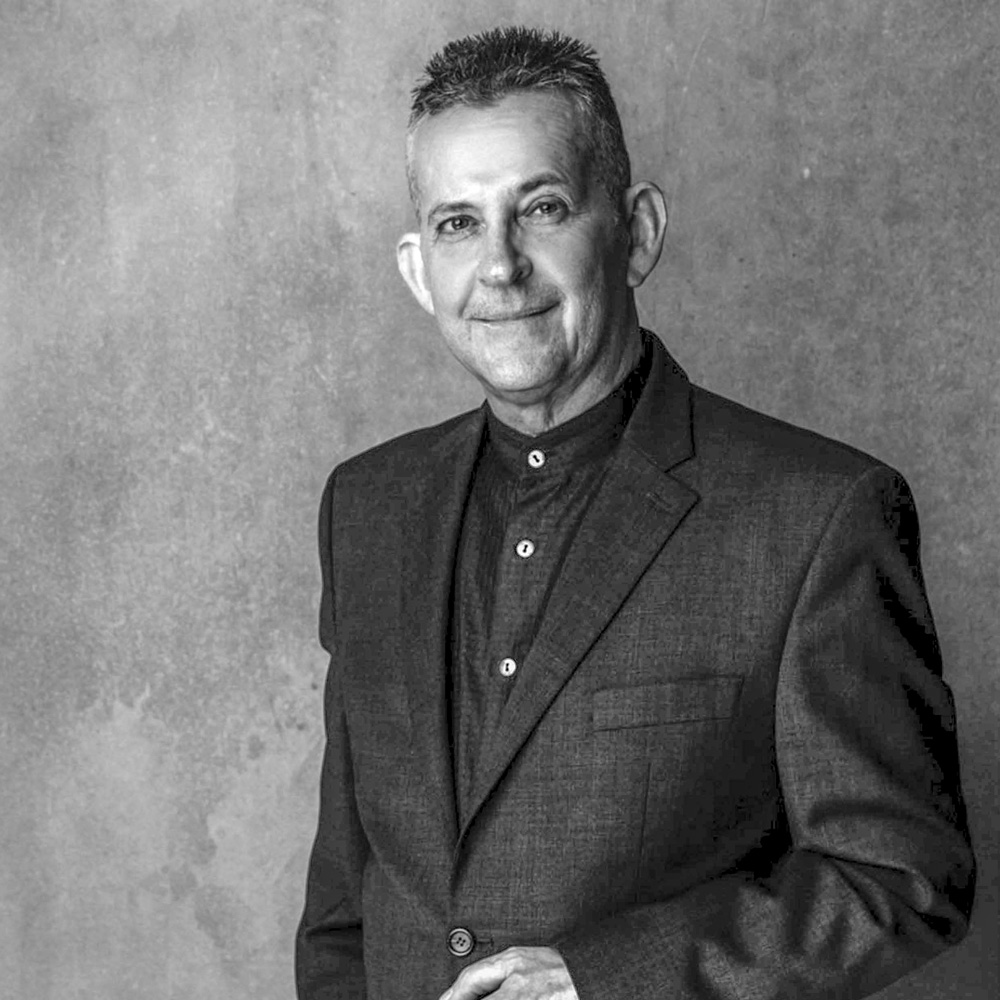
Axel Rouff, complete organ music part IV
Cornelis Witthoefft
Unlike the previous chapters in this survey of Axel Ruoff’s organ music, each of which has endeavoured to inform the listener with an overview of his œuvre by means of a large number of short compositions, this fourth instalment discusses three major and distinctive works from the past seventeen years. They represent three distinct genres – a set of chorale variations, a suite and a symphony – reflecting the composer’s relationship to the instrument and the various strands of tradition in which it is involved, at the time of composition.
Axel Ruoff was born in Stuttgart on 24 March 1957. From 1975 to 1979 he studied composition, music theory and piano at the University of Music and Performing Arts in his native city, where his teachers included Milko Kelemen, Rolf Hempel and Erhard Karkoschka; he also spent some time at the Music Academies in Kassel and Helsinki. WITH MUSIC EXAMPLES
